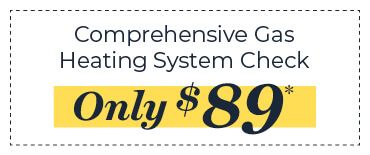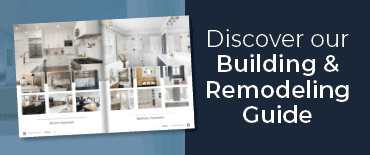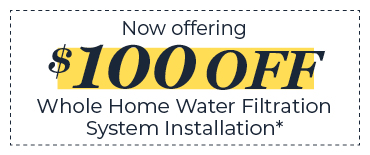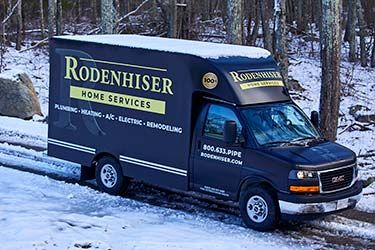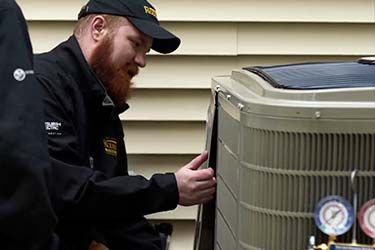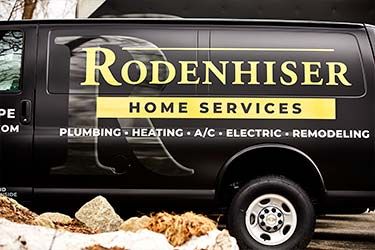
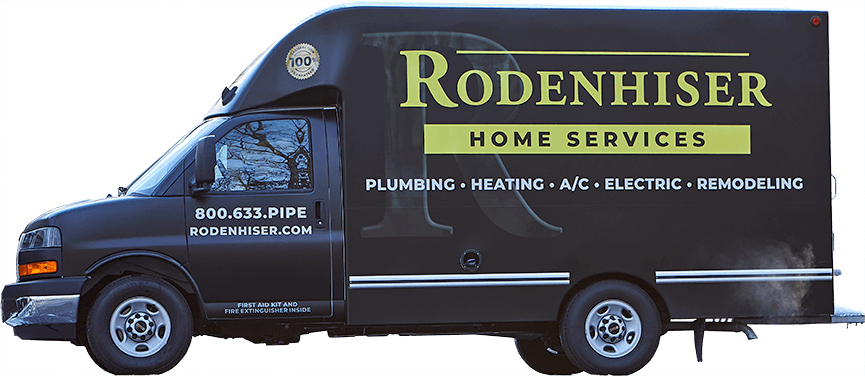


Ventilation Strategies to Improve Winter Indoor Air Quality
Every homeowner desires good indoor air quality and ventilation helps to achieve indoor air that is not only comfortable, but healthier for your family. Some geographical areas naturally have higher humidity levels than others, but humidity levels can be too high inside your home no matter where you live. Dust particles, bacteria and other pollutants can also reside in your home, making it hazardous to those with allergies, asthma and other respiratory problems.
Even in the cold Northeast, the air inside your home can be too moist, resulting in the growth of mold, mildew and other bacteria. This not only affects the health of your family, it can actually affect the walls, floors and furnishings inside your home. Air can also be polluted by carbon monoxide, tobacco smoke and formaldehyde, among other things.
When it comes to indoor air quality, ventilation is key. Here are a few strategies that will help you achieve cleaner, healthier more comfortable air:
- Spot ventilation will keep those areas of your home most prone to mold and mildew drier and therefore inhibit the growth of mold. Bathrooms and kitchens are prime areas for spot ventilation.
Raising the windows will help clean the air as long as there is not a lot of pollen or other pollutants outdoors. Of course, this is not a great strategy in the dead of winter here.
- Air cleaners (or purifiers) can help reduce the dust and other small particles in your home. Whole-house air cleaners are available, and will filter out dust mites and other particulate matter.
- Newer programmable thermostats have a humidity feature that will allow you to control humidity levels in your home so that the air is neither too moist or too dry.
A well-maintained HVAC system is capable of keeping temperatures comfortable; it can also help keep humidity levels in check when equipped with the right thermostat.
Rodenhiser Plumbing, Heating and Air Conditioning, serving the Route 495/128 area of Massachusetts, can be your partner in improving indoor air quality. Call us if you have any questions.
Our goal is to help educate our customers about energy and home comfort issues (specific to HVAC systems). For more information about ventilation and other HVAC topics, download our free Home Comfort Solutions Guide.
Nice people.
Great service.
Since 1928Terms & Conditions | Privacy Policy





Read From Over 14,000 Happy Customers
-
Both Alex and Patrick were knowledgeable, courteous, and professional. They made a change that might have solved the recent problem and have structured a more complete solution. We agreed to this...

-
Mike was thorough, thoughtful and considerate. Covered their shoes before entering, surveyed my issue and provided an explanation of the services and costs. Great Job!

-
Alex did a great job providing an explanation of the services provided and went out of his way to offer assistance/advice on other issues outside of our scheduled maintenance visit.

-
Brian did an excellent job inspecting our 18-year old boiler and replacing some of the accessory hardware that needed it, he also adjusted the outgoing hot water settings for our radiators and...

-
Rodenhiser is my one stop shop!!! They take care of my HVAC, electrical, and plumbing issues & are always helpful addressing any questions I may have about the systems in my house! Everyone...

-
Chris G. and Nick V. showed up bright and early at 8am to fix my water heater issue. They were on time, polite and were able to fix an issue that has been plaguing my house for a good year. They...

Call Rodenhiser at
1-800-462-9710
Call Rodenhiser at 1-800-462-9710
When you are looking for plumbing, electrical, heating or air conditioning in the Route 495 / 128 area, you will be delighted that you called Massachusetts' trusted choice since 1928.
With a total dedication to professional workmanship and excellent service, discover why families and businesses continue to trust Rodenhiser after generations of service
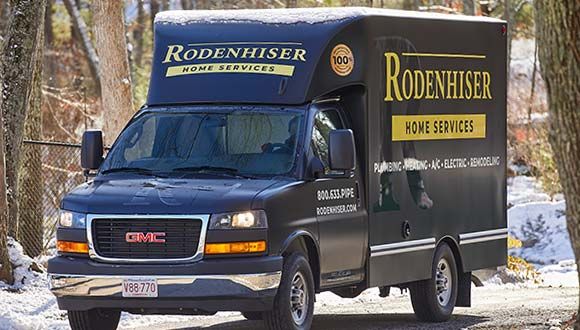
Trusted Plumbers
Fast, On Time
HVAC Experts
Satisfaction Guaranteed
Expert Electricians
Maintenance Plans
CONTACT RODENHISER TODAY
325 Hopping Brook Rd Holliston MA 01746.
-
Master Plumber: #10961
-
Corporate Plumbing: #2288
-
Master Electrician: #23917A
-
Electrical Business: #4804
-
Master Sheet Metal (Unrestricted): #5867
-
Corporate Sheet Metal: #641
-
Home Improvement Contractor: #188806
*Heating system check terms and conditions: Residential Only. Must reside within our service area. Offer only available to 1 unit per household additional units are at full price. Can not be combined with other offers
*Late Season Special Extra Conditions: Gas Systems only. No Discounts on oil systems. Promotional price limited to one system per home, additional systems will be charged at full price. Residential Systems only. Must reside within our service area. *For EV Charger Offer also: valid only when the system is purchased through Rodenhiser.
